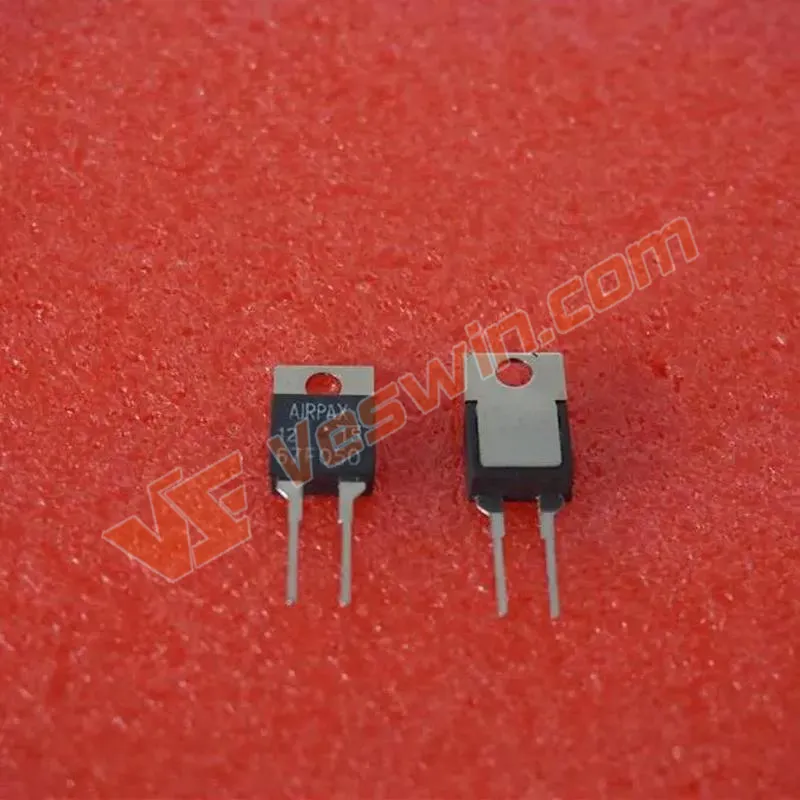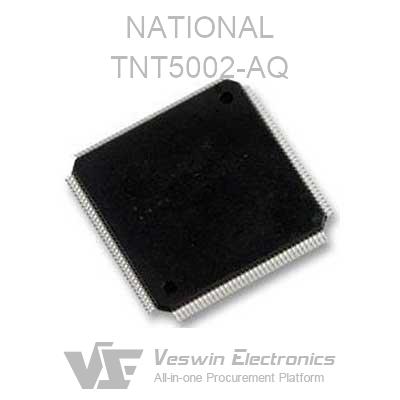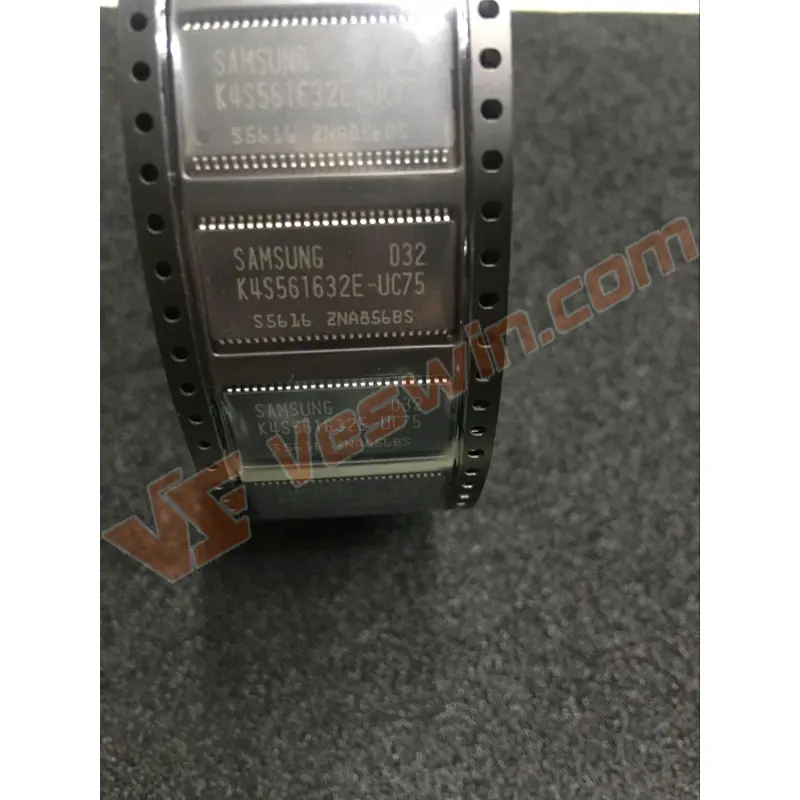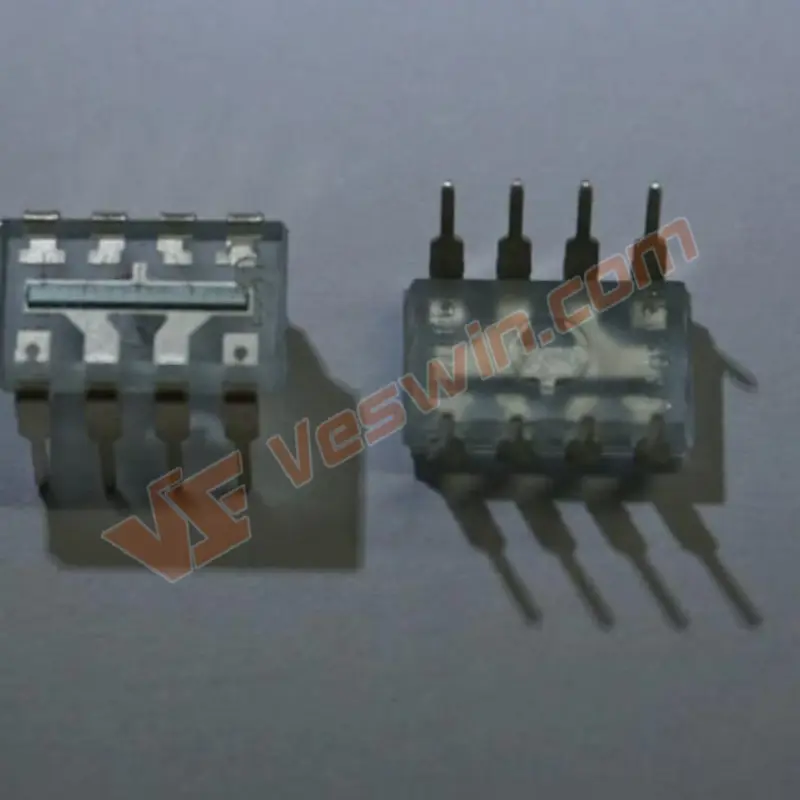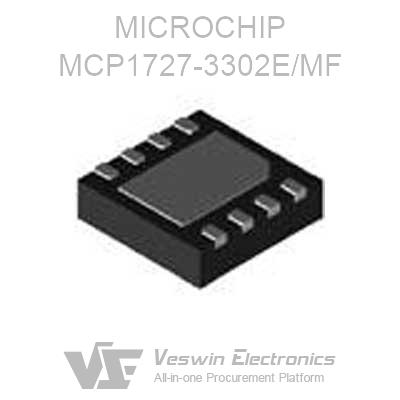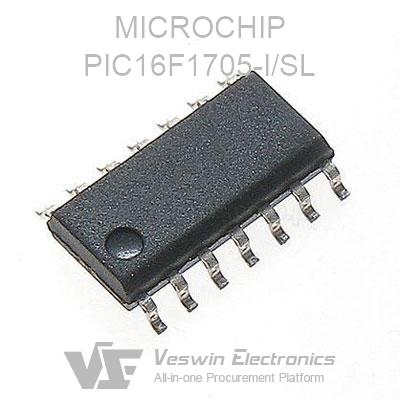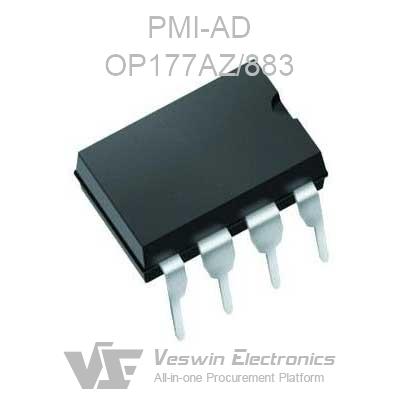Feedthrough capacitor is a three-terminal capacitor, but compared with ordinary three-terminal capacitors, because it is directly installed on the metal panel, its grounding inductance is smaller, and there is almost no influence of lead inductance. In addition, its input and output The terminal is isolated by a metal plate, which eliminates high-frequency coupling. The self-inductance of the feedthrough capacitor is much smaller than that of ordinary capacitors, so the self-resonant frequency is very high.
The feedthrough capacitance is smaller than the inductance of ordinary capacitors, so its resonant frequency is very high;
Because the feed-through capacitor is installed in a feed-through installation method, it can effectively prevent the transmission of high-frequency signals from the output terminal to the input terminal, and achieve the effect of suppressing high-frequency noise.
The temperature range of feedthrough capacitors is usually: -55°C-125°C, -40°C-85°C.
Maximum current: 30Amps
The shape design of the feedthrough capacitor is very ingenious and flexible. There are many sizes and shapes to choose from, and there are also C, L, Pi and other circuits for people to choose, which is convenient and simple.
Storage and discharge, of course, rectification, oscillation and other functions. In addition, the structure of the capacitor is very simple, mainly composed of two positive and negative electrodes and an insulating medium sandwiched between them, so the type of capacitors are mainly determined by the electrodes and the insulating medium.
The role of feedthrough capacitors as following:
1. DC blocking: the function is to prevent the passage of direct current and allow the passage of alternating current.
2. Bypass (Decoupling):Provides a low-impedance path for certain parallel-connected components in an AC circuit.
3. Coupling: As a connection between two circuits, allowing AC signals to pass and be transmitted to the next stage of the circuit
4.Filtering: This is very important for DIY, and the capacitors on the graphics card basically have this function.
5. Temperature compensation: Compensate for the influence caused by the insufficient adaptability of other components to temperature to improve the stability of the circuit.
6. Timing: Capacitors are used in conjunction with resistors to determine the time constant of a circuit.
7. Tuning: For system tuning of frequency-related circuits, such as mobile phones.
8. Rectification: Turning on or off a semiconductor switching element at a predetermined time.
Feedthrough capacitor is a three-terminal capacitor, but compared with ordinary three-terminal capacitors, because it is directly installed on the metal panel, its grounding inductance is smaller, and there is almost no influence of lead inductance. In addition, its input and output The terminal is isolated by a metal plate, which eliminates high-frequency coupling.
Feedthrough capacitor is a filter device that is mainly used on metal panels to suppress the interference of high-frequency harmonics on signals and power lines.
The self-inductance of the feedthrough capacitor is much smaller than that of ordinary capacitors, so the self-resonant frequency is very high.
For simpler feedthrough, the structure is one (C type) or two capacitors (Pi type) composed of internal and external electrodes and ceramics. The capacitance of this capacitor is available from 10pF, and the working voltage can reach 2000VDC.
Because of its coaxiality, the tubular feedthrough capacitor will not produce obvious self-resonance even at a frequency of 10GHz. The medium of the feedthrough capacitor is a ceramic dielectric, and the capacity of the ceramic capacitor will change with the change of the ambient temperature.
The size of the threaded hole for installing the feedthrough capacitor is M6×0.75 (fine thread), and the size of the feedthrough capacitor is:
According to the size of the feedthrough capacitor and the housing space, its possible installation position is shown in the shaded part of the figure:
Special attention should be paid when drilling the threaded hole in the No. 1 hole, to ensure that the large end of the feedthrough capacitor can be installed, and at the same time, the other side of the shell should not interfere with the mounting studs of the circuit board.
The available space at the No. 2 hole is relatively large, but because the housing on the side of the power supply has a sunken circle, the wall thickness of the installation part is thinner, and there are fewer thread wires screwed with the feedthrough capacitor, which will lead to unstable installation. It is suggested that the No. 2 hole can be reamed and tapped directly on the original hole, which can avoid installation problems and interference caused by extra useless holes.
Other unused holes on the shell must be sealed with materials to reduce interference.
1. Installation method
The feedthrough capacitor is installed on the shell through the threaded hole on the shell. The big end (regular hexagon) is on the side of the power board of the shell, and the other end (M6 thread) is screwed with the shell and passed through the shell.
2. Wiring method:
The two feedthrough capacitors are connected in series in the original two lines, the big end pins are respectively connected to the two lead wires on the power board, and the feedthrough capacitors are connected to the corresponding terminals on the other side of the shell. , to supply power to the motherboard.
1. Welded feedthrough capacitor: the most ideal product when the installation space is narrow;
Applications: Mainly used for filtering signals, data lines and AC power lines; telecommunication equipment, transmission equipment, microwave filters, industrial computers, composite circuit filter components;
Small size: efficient use of space;
Rated voltage: up to 1000VDC;
Circuit structures: C-type, Pi-type and L-type circuits ;
High temperature construction: can prevent backflow during installation;
Certification: Filters available for MIL-C-11015 (CK99) and MIL-F-15733 QPL;
2. Resin-sealed thread-through capacitor:
It can be easily installed to the through-hole position with the provided nut and washer; both ends of the solid shell are sealed with resin to provide good environmental protection;
Application: It is mostly used for signal, data line, DC power line filtering, etc;
Voltage: up to 2500VDC/240VAC
Certification: Available for MIL-F-15733 certified products
Circuit structure: C type, L type, Pi type
3. High current / high voltage resin sealed feedthrough capacitor
Application: High-current filters are mainly used in high-current switching power supplies and DC charging systems; high-voltage filters are mainly used in high-voltage power supplies, and the sturdy bolt-type structure is easy to install;
Features: High current up to 100Amps
Voltage: up to 2500VDC and 240VAC@400HZ
4. Glass-sealed high-performance feedthrough capacitors:
glass-sealed, with excellent EMI filtering performance; for those who still require high-reliability filtering in harsh environments, this product is the best choice, available from 10KHz to greater than 10GHz Broadband high-performance EMI filtering, glass-sealed series are highly resistant to moisture, corrosion, and other harsh environments that may be encountered in military applications.
Applications: power supply, signal line, rocket ignition device, aircraft, military communication, medical equipment, multi-stage filter;
Optimum design: Various sizes and shapes and C, L and Pi-type circuits are available, and instantaneous suppression Pi, T, & TT circuits are optional;
Reliability: Manufactured according to MIL-F-15733 and MIL-F-28861 standards, meet QPL requirements; based on MIL-F-28861, space application "S" level
FED/MIL certification: Meets MIL-F-15733 and MIL-F-28861 standards
Features: Insertion loss range 0.01MHz-10GHz
Temperature range: -55℃-+125℃ ;-40℃-+85℃
Maximum Voltage: 400VDC 240VAC@400Hz
Maximum Current: 30Amps
When selecting feedthrough capacitors, firstly determine the outline structure diagram and size of the filter according to the size of the space used and the installation method, and select the electrical parameters of the filter according to the voltage level and current level. Then follow the following points to find the filter model that meets your needs.
Step1. Circuit form:
According to the principle of impedance mismatch, the greater the mismatch between the filter impedance and the impedance of the ports on both sides, the more effective the attenuation of electromagnetic interference energy. When selecting a filter, it should be considered that the high-impedance termination of the circuit is connected to the low-impedance end of the filter. The principle of connecting the low-impedance end of the circuit to the high-impedance end of the filter (as shown in Figure 1), and select the filter circuit form according to the filtering requirements (see page 9 of the catalog for details).
Step2. Insertion loss parameters of core-through capacitors:
The most important parameter of the filter is the insertion loss, which reflects the ability of the filter to suppress the interference signal. Various EMI filters have their own corresponding attenuation and frequency curves. When selecting a filter, the insertion loss requirements should be determined according to the frequency of the interference signal, the degree of attenuation and the cut-off frequency. It is worth noting that the insertion loss given by the manufacturer The losses are all measured data under the condition of no load (no load) in the 50 ohm system, but the input/output impedance in the actual circuit will not be exactly 50 ohms, so the actual insertion loss of the filter in the line and the product standard The weighing values are often different. For the measurement of filter performance, there are also approximate measurement methods and online measurement methods in applications, which are done in order to be closer to the actual situation.
There are various circuit forms of core-through capacitors
Type C filter
This C-type filter is composed of feedthrough capacitors, suitable for connecting high-impedance sources and high-impedance loads, and is mostly used to suppress high-frequency signals.
LC filter
The LC type filter includes an inductor and a capacitor. This filter can provide high input impedance or low input impedance, depending on the installation direction of the circuit. The Ll circuit is suitable for high impedance loads and low impedance sources. In the case of L2 circuit is suitable for low impedance load, high impedance source.
π-type filter
The π-type filter consists of two capacitors and an inductor, and its input and output terminals are low impedance. Because there are more components than the L-type filter, its insertion loss characteristics are better, but in the switching circuit, there is "ringing" possibility, so please be careful when using it.
Further Reading: The Complete Guide about What is a Filter Capacitor and How to Choose 2022
Hot News

